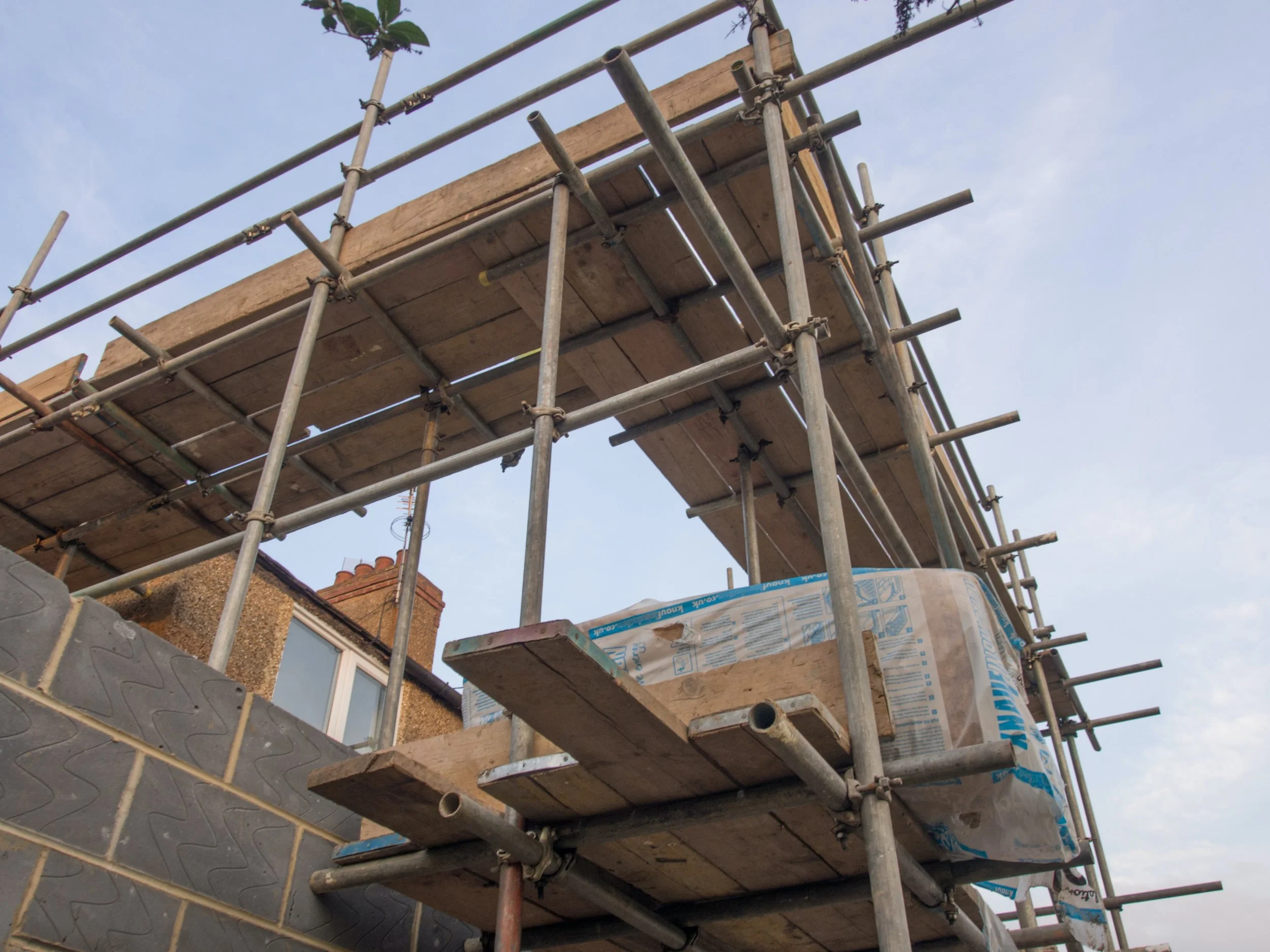Written by: Jordan Harris
Truck drivers are usually on the road for days or weeks at a time, sometimes even months, causing them to leave their homes unattended. Preparing your home for these long trips is vital. Having a plan for home maintenance in its various forms becomes necessary. As the old saying goes, failing to prepare is preparing to fail.
1. Get A Home Inspection
If you are purchasing a new home shortly before your extended trip, you may consider getting your home inspected to protect yourself against any existing or new potential issues that may occur while you're away. A home inspector can inform you what costly repairs may come up in the future and what you should prioritize now. If you’re just getting started, you may already have some loans out, such as if you needed to purchase a truck. Pre-existing loans might make it more difficult to take out future loans to help cover any necessary costs unearthed during your home inspection. However, you can opt to refinance your existing mortgage and choose a cash-out option. This will allow you to get a lump sum of cash that will be added into your current mortgage payment. If your credit isn’t perfectly strong,an FHA loan refinance may be the best option for you. Otherwise, a low-interest personal loan can help cover necessary repairs.
2. Prevent water damage
Water damage can be caused by plumbing issues, flooding, and leaks in your house. It’s one of those problems that you might not see until it’s too late and extensive damage has been done. With this in mind, it’s important to find the potential for water damage in your home and address it accordingly before it occurs.
● Make sure the gutters are clean and drained properly. Check your roof for any missing shingles, cracks, and damages.
● Check bathtubs, showers, and sinks for leaks. Seal and replace as necessary.
● Weatherize the exterior of the home by sealing gaps in windows, doors or other openings.
● Adjust landscape grading to ensure that water will flow away from the house. In the event of heavy rains, foundation or siding can be damaged.
● Check for leaks and ensure sealants on the water heater are in good shape. Turn off the electric or gas supply to the heater and drain the unit if the house will be subjected to sub-freezing temperatures. Not doing so could cause hydrogen sulfide to build up in the water causing an unpleasant smell.
3. Check Your HVAC system.
Ensure the HVAC unit is in good working order and air filters don’t need to be replaced, especially if you plan on leaving it on while you are away. Make sure that the condensation drains are clear and functioning properly, and turn down the thermostat to 50 or 60 degrees. This will reduce energy consumption and ensure that the pipes don’t freeze.
4. Arrange for a House Sitter
On shorter trips, most people ask a friend or a neighbor to do simple things like take out the trash, check the mail or mow the lawn. Because truckers are usually gone for a longer period of time, it may be beneficial to hire a house sitter. Here are some tasks you can assign your house sitter while you are away:
● Give your house sitter the names and numbers of service and municipal companies, and if comfortable, the names of family members or friends in the event of an emergency.
● Check and monitor the security system.
● Park a car in the driveway.
● If water is on, flush toilets regularly. Not doing so may allow sewer gas to enter the home.
5. Prep the kitchen
So much activity occurs in our kitchens on a daily basis that it can be easy to let certain things go under the radar when preparing for a long trip. Besides checking for leaks in the pipes under the sink or in the washing machine, there are a few other things to be aware of before you leave.
● Remove all perishables from your refrigerator, especially things that could smell when you return. Doing so will avoid attracting pests like rodents or cockroaches. Determine if you want to leave the unit plugged or unplugged. Either way, consider adding odor absorbers like baking soda or charcoal to your refrigerator.
● Freshen up your garbage disposal. You can do this by dropping ice cubes in and running the disposal. This will remove rust that may have accumulated from low or no usage and keep the impellers running without hindrance. You could also pour a mixture of vinegar and water into the chamber to combat odors.
● Take out the garbage and clean the trash can. Food that may not have made it into the trash can and ended up in other places will attract bugs and other pests. Giving the kitchen trash can a good scrubbing will prevent this as well as unpleasant odors from occuring when you’re gone.
Embarking on a career as a truck driver can be exciting if you enjoy being on the road for long periods of time and sightseeing. Detroit Training Center offers programs that will help you obtain the proper CDL. As with any trip it is important to make sure that not only you are prepared but your home is prepared as well. Hopefully these tips will give you an idea of what you need to do before leaving and while you’re gone.






























